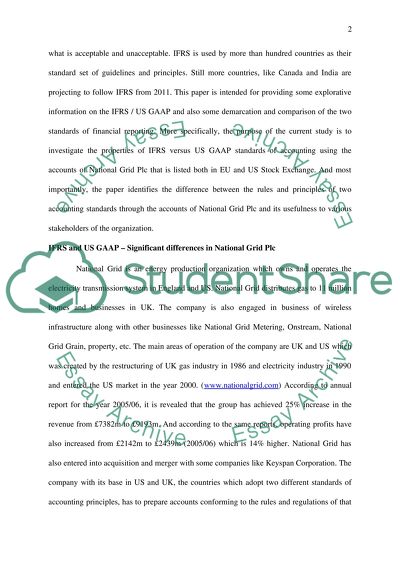Cite this document
(Accounting as Art of Organizing Case Study Example | Topics and Well Written Essays - 1750 words, n.d.)
Accounting as Art of Organizing Case Study Example | Topics and Well Written Essays - 1750 words. Retrieved from https://studentshare.org/finance-accounting/1523844-comparison-of-ifrs-and-us-gaap
Accounting as Art of Organizing Case Study Example | Topics and Well Written Essays - 1750 words. Retrieved from https://studentshare.org/finance-accounting/1523844-comparison-of-ifrs-and-us-gaap
(Accounting As Art of Organizing Case Study Example | Topics and Well Written Essays - 1750 Words)
Accounting As Art of Organizing Case Study Example | Topics and Well Written Essays - 1750 Words. https://studentshare.org/finance-accounting/1523844-comparison-of-ifrs-and-us-gaap.
Accounting As Art of Organizing Case Study Example | Topics and Well Written Essays - 1750 Words. https://studentshare.org/finance-accounting/1523844-comparison-of-ifrs-and-us-gaap.
“Accounting As Art of Organizing Case Study Example | Topics and Well Written Essays - 1750 Words”, n.d. https://studentshare.org/finance-accounting/1523844-comparison-of-ifrs-and-us-gaap.


